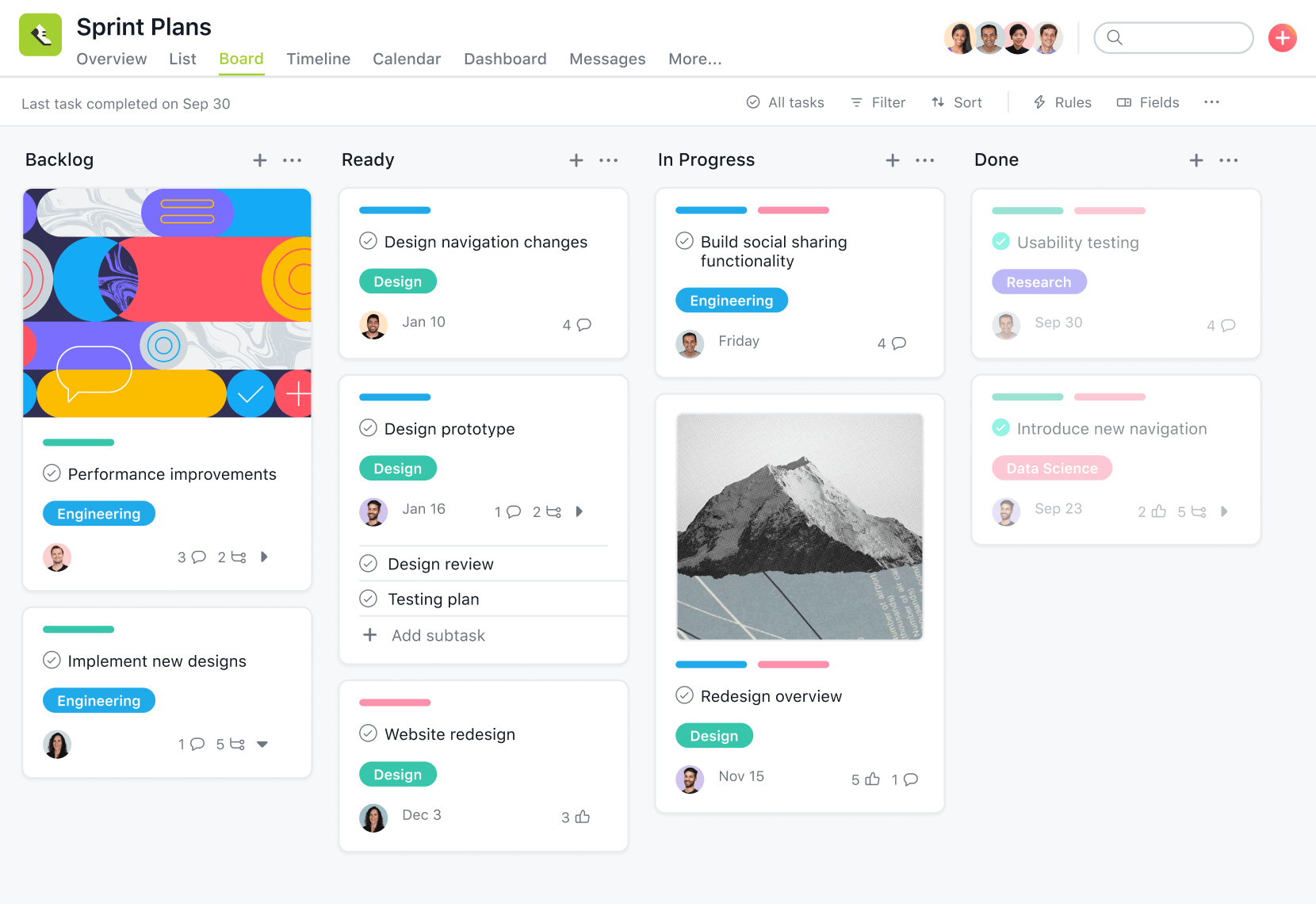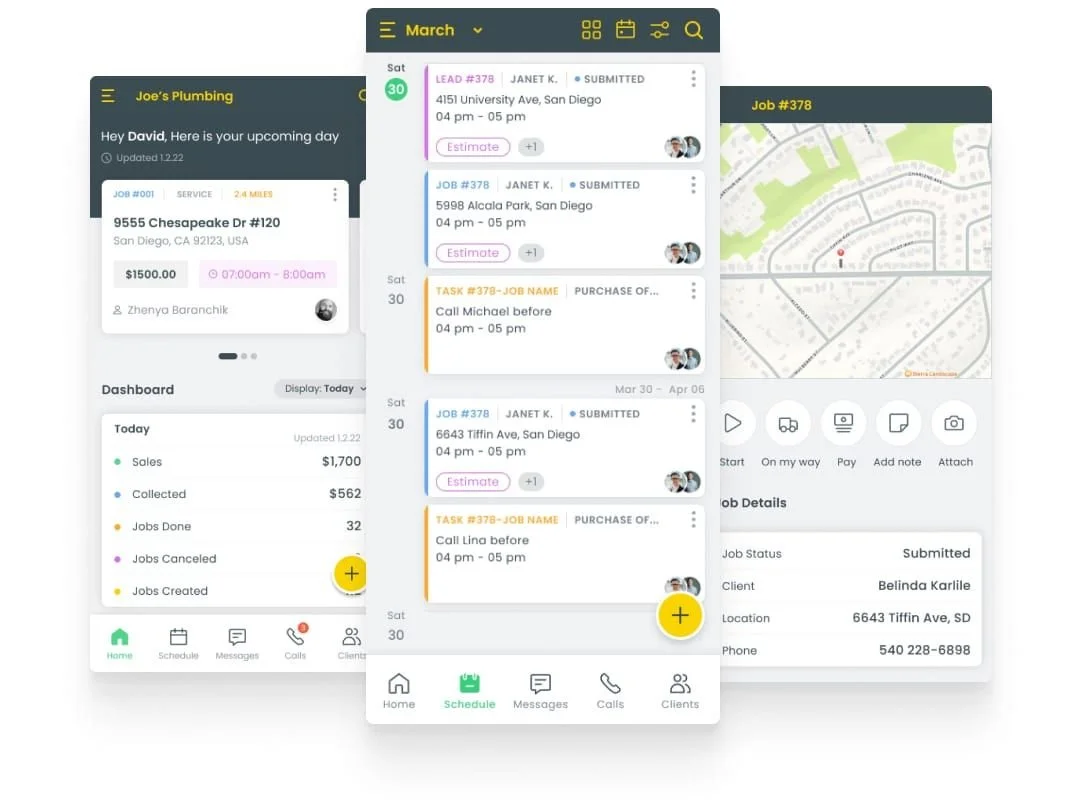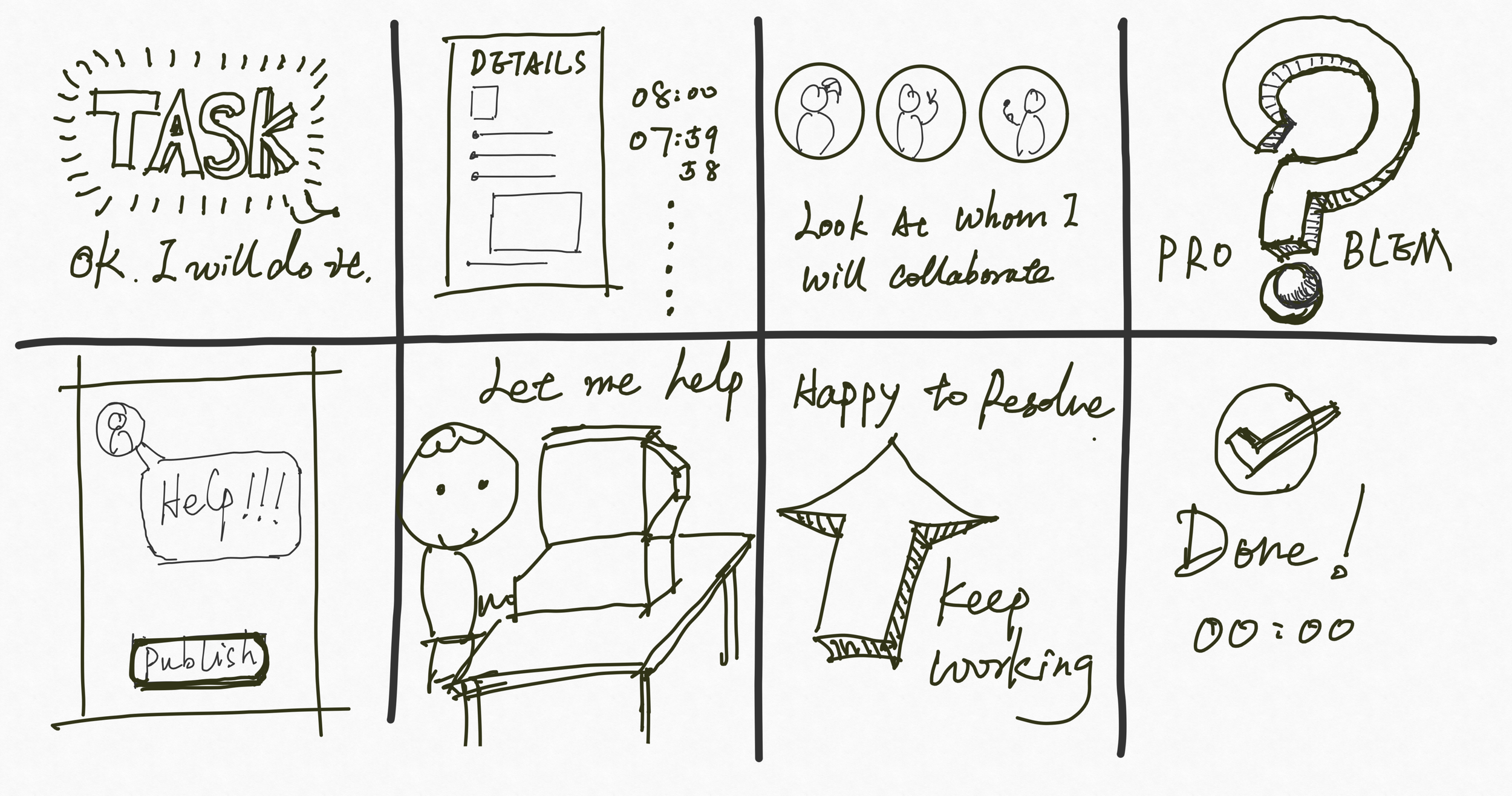Design By: Ruibin Li
Time Line: Aug 2022 (1 week)
My Role: Design user flow for task receiving and collaboration, create the wireframes, and finish the prototype.
Instructor: Nishant Rai
Understand the Problem
As a licensed construction supervisor, one of my job responsibility is to help the builders and interior decorators finish the construction work and follow the design drawings. I always need to answer the question that appears on the construction site. Sometimes, I need to lead a team from the start until I finish the construction work. It is necessary to tell your coworker what are the tasks for the project and collaborate with your peers to resolve all the problems. But, it is hard to connect with them if you have to stop by many different sites. Furthermore, we must keep in touch if anyone has any problems, as some issues may delay the working schedule. If we can not resolve this ASAP, that is a red flag for the project.
There are two ways to help me instruct my coworkers — communicate on the phone or face-to-face coaching. But each of the ways has a weakness in resolving the problem. Face-to-face is more efficient in releasing tasks and answering the issues initially. But, I can not always stay at one job site to help fix any problems during the process. If I am not on the job site, issues that appear on the job site will not be conveyed accurately through the phone. How might we accurately and remotely resolve the construction problems and release the tasks?
Mapping the Solution
Many task management software, like Jira, helps developers to collaborate remotely. But, it is not suitable for the construction industry, as folks have to work on the construction site rather than the computer. They have to use physical materials and tools to finish the project. Thus, it is necessary to release more details in the task and ensure quick interaction. I will make a task management application focused on the construction industry.
In my design, the construction supervisor first releases the details of the tasks and inspects them at the end to ensure the project follows the plan. The builder receives the missions and poses the questions to coworkers. Coworkers who relate to the project can help to resolve the problem. Here is the map to describe the solution.
“ How might we accurately and remotely resolve the construction problems and release the tasks?”
Get Inspiration
Competitor Research
Through the research, I focus on some task management software, like Housecall Pro, Asana, and Workiz. Housecall Pro and Workiz both aim to serve the house service experts. Asana is a general project management software with an excellent example of splitting the project and distributing the tasks.
Housecall ProAsanaWorkizHousecall Pro is a field service management software that can help manage various job fields. But, the app only lists the tasks in the calendar, which is not visible to show the status of tasks, and less freedom to manage the tasks.
Asana is a general web-based project management software that can quickly help teams organize, track, and manage their work. It is easy to release the tasks and clearly show the project's status. But, it is not suitable for fieldwork.
Workiz is my favorite app for a simple project, as it has a friendly UI and is easy to distribute tasks. But, for a complex project, it is hard to resolve the question which appears on the site. Workers have to hold and delay the project.
It is time to grab the inspiration and do some crazy sketches to figure out the concept. There is a project card to show the project's general information. The employee can click the card to move to the project's task list screen. When the employee starts to do the task, it will show all the details about this task. If the employee meets any problem, coworkers who relate to this project can help to resolve the issue.
Crazy 8s
Scheme 1.0Scheme 1.1Create a Storyboard
The storyboard is a collaboration guide for the onsite builders and construction supervisors. The construction supervisor releases the task and location in the application. The builder finds the task in the same application, accepts the assignment, and drives to the job site. The construction supervisor instructs the builder remotely without stopping by the job site. If the builder meets any problem, he can reach out to ask for help. The construction supervisor and coworkers will help him remotely to resolve the issue. When the builder completes the job and marks it to finish, the application will record the timeline and save the schedule.
“Construction supervisors and builders can collaborate by using this application.”
Ideation & Design
After getting the solution and user story, I create the user flow. I design the process of accepting and finishing the task. For instance, when the construction supervisor releases the task. The builder can find the project card at the top of the list. When he Clicks the project card, the screen will be moved to the task list and show the collaborators. Here is the user flow chart to show the whole process of accepting and finishing a task.
User Flow
Wireframing
Prototyping
“Now, I have got the prototype of my application. I will test with different users to get their feedback.”
Usability Testing
After interview with the 5 candidates to test the prototype. I get some useful feedbacks to improve my application.
The Segmented Controls at the first and second screens confuse my interviewees, as it is not necessary to divide the project into different screens. The tag in the project card can show the priority of the task.
The builder’s profile needs to show clearly in the task screen, as builders need to know exactly who they are collaborating in the project.
The progress bar is necessary to exhibit for the task.
The question part is not flexible and inconvenient.
Thus, I decide to change the interaction to make the user feel more smooth to use.
“Usability testing helps me to find the heuristic problems from different eyes.”
The Final Application
Link to the final prototype here
What I’d do if I have more time?
This project is a one-week design sprint. There must be a lot of inadequacies in this project. I will keep iterations to make this application work well for construction teams. And if I have more time to do it, I will create a style guide to illustrate the prototype.
Thanks for reading!
Link to my full Figma work file here.
For more work inquiries, or want a coffee chat do email me at Liruibin1111@icloud.com

















